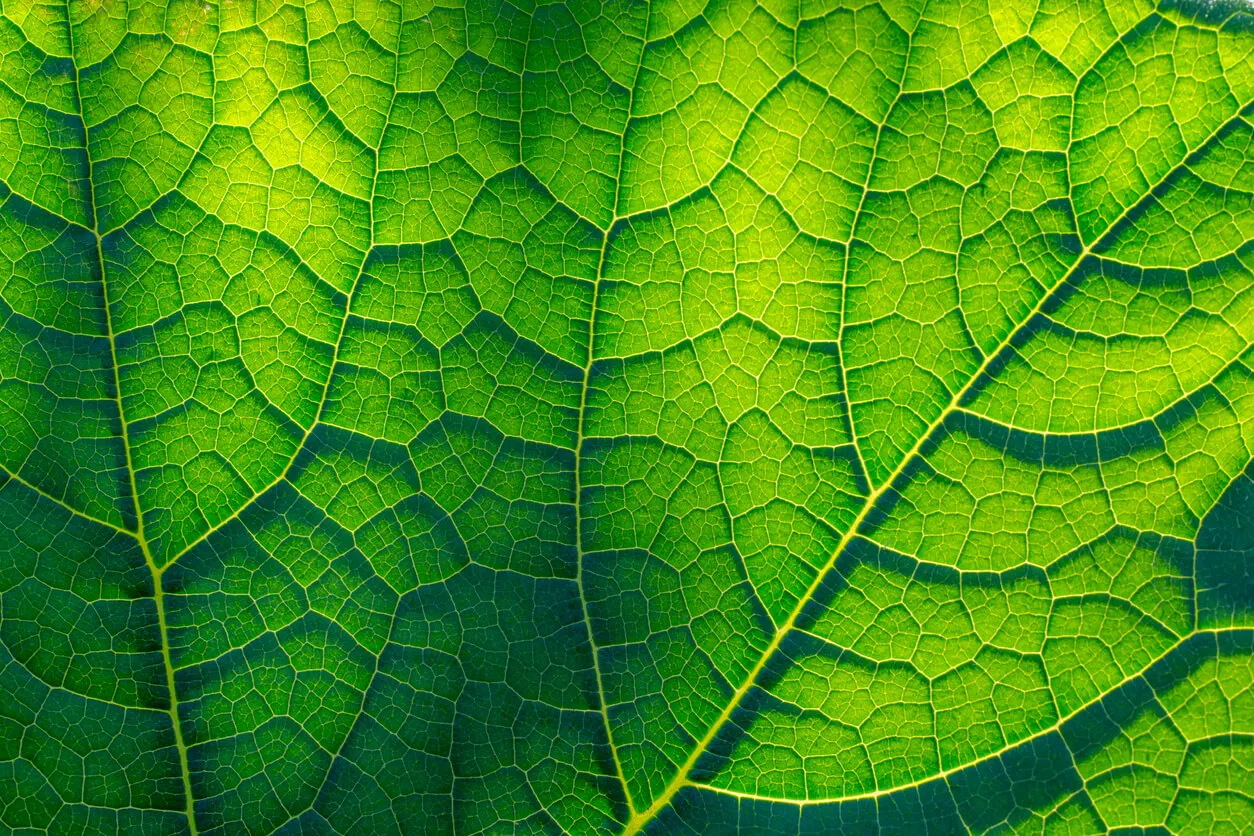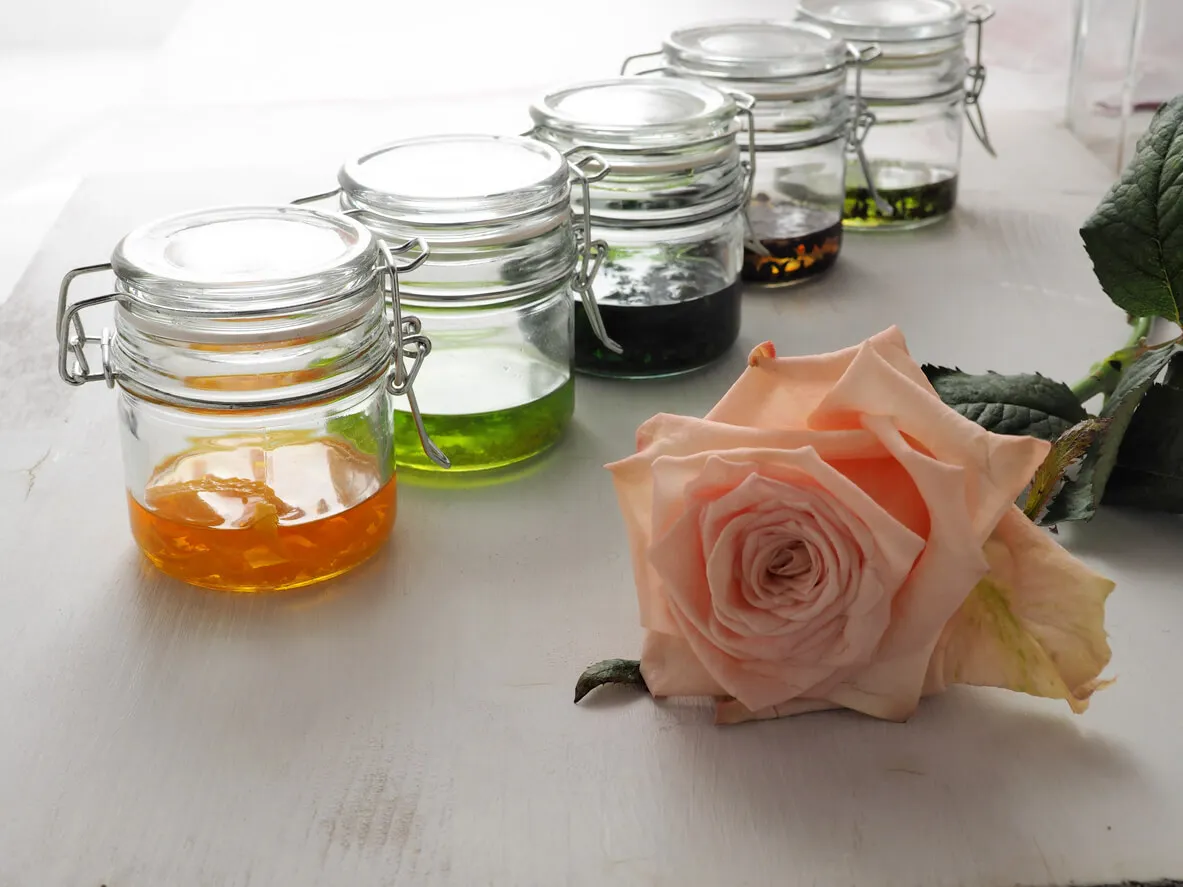Is It Possible to Change the Color of Flowers? Try this Method at Home

As if by magic, you can change the color of flowers and give them a more striking appearance. This experiment applies mainly to white or light-colored species and uses either artificial or natural pigments.
Why would you want to change their colors? Well, modifying the original colors of a plant species is a fun and educational activity, one that you can share with children.
Everyone learns and has fun carrying out this process to give flowers a brand-new look. We’ll show you how to do it.
Is it possible to change the color of flowers?
According to research, pigments in plants include chlorophyll, carotenoids, flavonoids and betalains, responsible for vegetative colors in flowers. The first provides the greens; the latter generates yellow, orange and red; while the last two provide more diversity, such as blue, purple and pink.
White petals are due to the lack of pigmentation.
Although nature has defined the function of these pigments, adulterations in the tonality of flowers are possible through the principle of capillarity. This is the way plants absorb water and other substances through the roots, transporting them to the top by conducting vessels.
This physical phenomenon drives the liquid upward, so that, if it’s mixed with dye, it reaches the top and alters the color. It sounds complicated, but let’s put it into practice to understand it better.

A method with vegetables and fruit to change the color of flowers
You can use fruits and vegetables to bring about a natural transformation in the color of flowers. With beet you get magenta, carrots dye orange, you get red from strawberries or cherries, green from spinach, and purple from blackberries.
What you have to do is to choose one of such ingredients and prepare it to vary the white with other shades. Then, follow the following steps.
Watch out! If you work with children, keep constant supervision at all stages of the project.
1. Boil the fruit or vegetable
Clean and take the chosen fruit or vegetable to a pot. Boil for 15 minutes, so that the water begins to take on the color with the natural components. It’s advisable to remove the shells and chop them into small pieces, to shorten cooking times.
2. Blend
If the fruit has a stone then remove it. Blend the pulp in the water you boiled it in.
3. Graduate
Transfer the smoothie to a large container. If you think it needs a little more water, add it until you reach the tone you are looking for.
4. Filter
Put a strainer or sieve in the mouth of a glass vase or glass to filter the shake so that there are no lumps. Next, put the flowers in this container.
5. Pigmenting
The last phase of the project consists of waiting for the conductive vessels of the stem to absorb the fruit or vegetable solution by capillarity. Thus, they will gain another color. Once the transformation occurs, you can transfer the flowers to a jar with clean water and display the new shades.

Another way to change the color of flowers
The easiest way to change the color of flowers with capillaries is to fill a glass with warm water, adding 20 drops of food coloring. When dipping the stems, cut the bottom of the cutting to allow the colored water to rise.
The process usually takes a few hours. Some flowers even require up to a day to change their pigmentation. You enjoy the effect more by performing the experiment in a glass beaker, since apart from the colored petals, you see the colored water.
As in the method involving natural ingredients, when the color change is generated, remove the liquid from the experiment and provide the flowers with clean, fresh water. If you wish, add a little sugar or a touch of vodka, so that the specimens don’t wilt so quickly.
When you resort to mixing several artificial colorants, you may get dark and quite original tones.
Does it harm the flowers?
Altering the color of flowers doesn’t affect the plant, as long as you use edible dyes or natural, non-toxic elements. In other cases, the stem would act as a filter, preventing the passage of toxins. But since in this example it’s cut, the pigments come up without a problem.
Some people paint flowers with sprays designed exclusively for dyeing vegetables. If you prefer this option, ask the florist which one is suitable for the species and follow the manufacturer’s instructions. This way, the process won’t have any harmful effects on you or on the flower.
All cited sources were thoroughly reviewed by our team to ensure their quality, reliability, currency, and validity. The bibliography of this article was considered reliable and of academic or scientific accuracy.
- Buide L, Casimiro Soriguer I, Del Valle J, Narbona E. Polimorfismos de color floral: causas e implicaciones evolutivas. Ecosistemas. Asociación Española de Ecología Terrestre. Vol. 23. Núm. 3. pp. 36-47. España; 2014. https://www.revistaecosistemas.net/index.php/ecosistemas/article/download/897/850
- El experimento de las plantas que cambian de color. Fundación del Agua. https://www.fundacionaquae.org/experimento-cientifico-la-capilaridad-de-las-plantas/
This text is provided for informational purposes only and does not replace consultation with a professional. If in doubt, consult your specialist.








